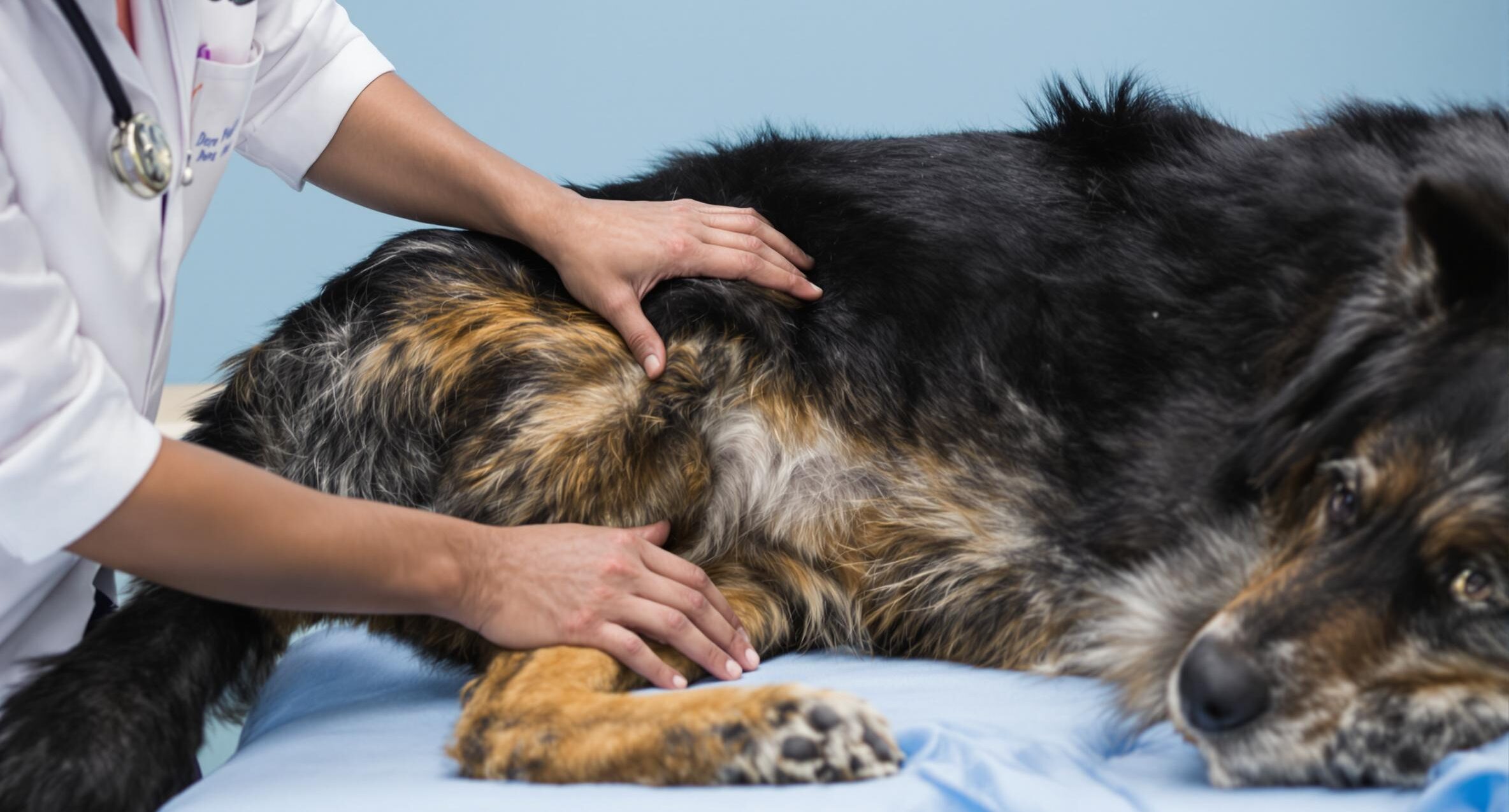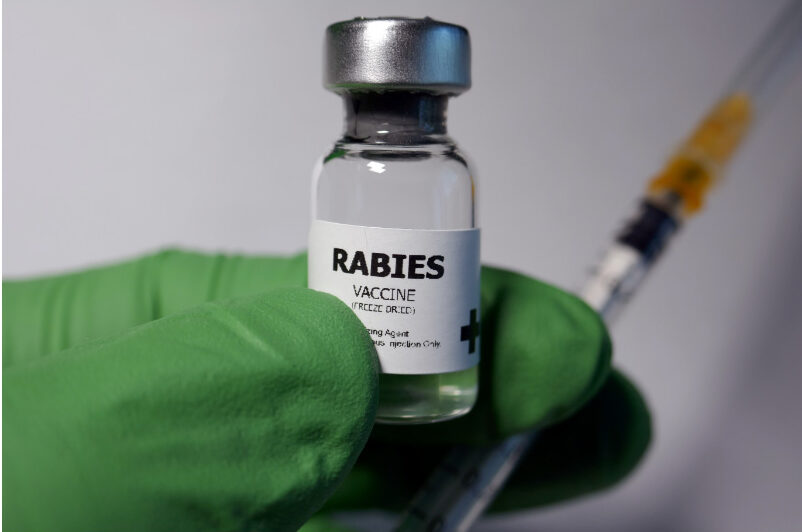How to Prevent Ticks on Dogs

Key takeaways:
- Implementing consistent tick prevention strategies, such as topical treatments, chewables, and collars, helps safeguard your dog from harmful diseases like Lyme disease and Rocky Mountain Spotted Fever.
- Incorporating natural prevention methods, like rose geranium oil and lavender oil, can complement traditional prevention and support overall pet wellness.
- Learning the proper techniques for tick removal ensures that you can handle common tick encounters safely at home, reducing potential health risks to your dogs.
It’s surprising, but a single tick only needs 24 to 48 hours of feeding to pass Lyme disease to your dog. By detecting their body heat and carbon dioxide, these sneaky parasites always look for a host—your furry best friend. That’s why tick prevention is important for your pup’s health and happiness.
Ticks aren’t just annoying—they can carry serious diseases like Ehrlichia and Rocky Mountain Spotted Fever. Your vet is the best resource for finding the right prevention plan tailored to your dog’s needs. The good news is that protecting your pup from ticks is simpler than ever. With vet-approved treatments that easily fit into your daily routine, you can keep your dog safe all year round. Here’s how you can keep your pup tick-free.
For additional expert-backed advice on ticks and other pet care topics, check out PetHealthMD.
Exploring the best tick prevention for dogs

When it comes to tick prevention, staying consistent is key. Be aware of how long ticks can stay on a dog, why prompt removal matters, and start treatment before it’s a problem. Keeping up with protection year-round is the best way to keep your pup safe. Here are some of the most reliable ways to prevent ticks:
- Topical Treatments: These easy-to-apply monthly treatments create a protective barrier against ticks, fleas, and other pests. They’re great for active dogs who love to run through tall grass or take a dip in the lake.
- Chewable Medications: Chewable tick prevention is an excellent alternative if your dog dislikes topical treatments. These tasty options work from the inside out, offering consistent protection without any mess.
- Tick Collars: For dogs who love the outdoors, tick collars offer up to eight months of continuous protection, making them a great low-maintenance option.
- Combination Products: Make your routine more manageable with an all-in-one product that protects against ticks, fleas, and heartworms in a single monthly dose.
- Daily Tick Checks: Make it a habit to check your dog for ticks after walks, especially if you’ve been in grassy or wooded areas. A quick once-over during cuddle time can help catch ticks before they cause trouble.
- Yard Maintenance: Keeping your yard tick-free is as important as protecting your dog. Trim the grass and clear leaf piles, and add a three-foot barrier of gravel or wood chips between your lawn and wooded areas to keep ticks at bay.
Choosing the right tick prevention method is important. Some products work better for certain dogs depending on their lifestyle and health needs. If you’re looking for effective flea and tick solutions, consult your vet for advice. For an easy and convenient way to obtain your treatments, consider PetCareRX. It offers a range of trusted products to keep your pup safe.
Natural ways to prevent ticks on dogs
If you’re looking for a more natural approach, there are ways to work alongside regular tick prevention while supporting your dog’s overall health. Some pet parents prefer combining natural methods with vet-approved treatments to minimize chemical exposure.
- Essential Oils: Diluted rose geranium or lavender oil can help reduce tick attraction. Mix a few drops with coconut oil and apply it to your dog’s collar once a week for extra protection.
- Natural Shampoos: Regular grooming with tick-repelling shampoos keeps your dog smelling fresh and helps prevent unwanted hitchhikers from latching on.
While natural methods can be helpful, they work best when combined with trusted tick treatments. Always check with your vet before adding new treatments to ensure they’re safe and effective for your pet. Finding the right balance ensures your dog gets the best possible protection.
Mastering how to safely remove ticks from dogs
Don’t worry if you spot a tick on your dog—it’s a common situation you can handle confidently at home. Even with the best prevention, ticks can still find a way onto your pup. Knowing how to safely remove ticks from dogs takes the right tools and gentle technique.
- Start with these tools: clean fine-point tweezers or a specially designed tick removal tool, latex gloves, and rubbing alcohol. Having everything ready makes the process smooth and stress-free.
- Have your dog lie down or sit in a well-lit area, keeping it relaxed with gentle petting. Carefully inspect its fur, especially around its ears, neck, paws, and tail, where ticks love to hide.
- Wear gloves and grasp the tick as close to your dog’s skin as possible. Use steady, straight-upward pressure – like pulling a splinter. Avoid squeezing the tick’s body or using twisting motions.
- Clean the bite area by gently swabbing with alcohol for 30 seconds. Place the tick in a sealed container with the date marked, which helps your vet identify it if needed.
- Check the bite area daily for the next two weeks, watching for signs like redness, swelling, or unusual behavior. Regular tick checks become easier with practice, so make them part of your weekly grooming routine.
Achieving long-term tick prevention success
Keeping your dog tick-free is all about consistency. Monthly treatments combined with quick daily checks go a long way in keeping your dog healthy and happy.
At PetHealthMD, we’re here to help you maintain your pet’s health with expert advice and personalized solutions. Talk to your vet about the best prevention plan for your dog’s lifestyle.
With the right approach, you can enjoy every adventure with your dog—without worrying about ticks tagging along!





